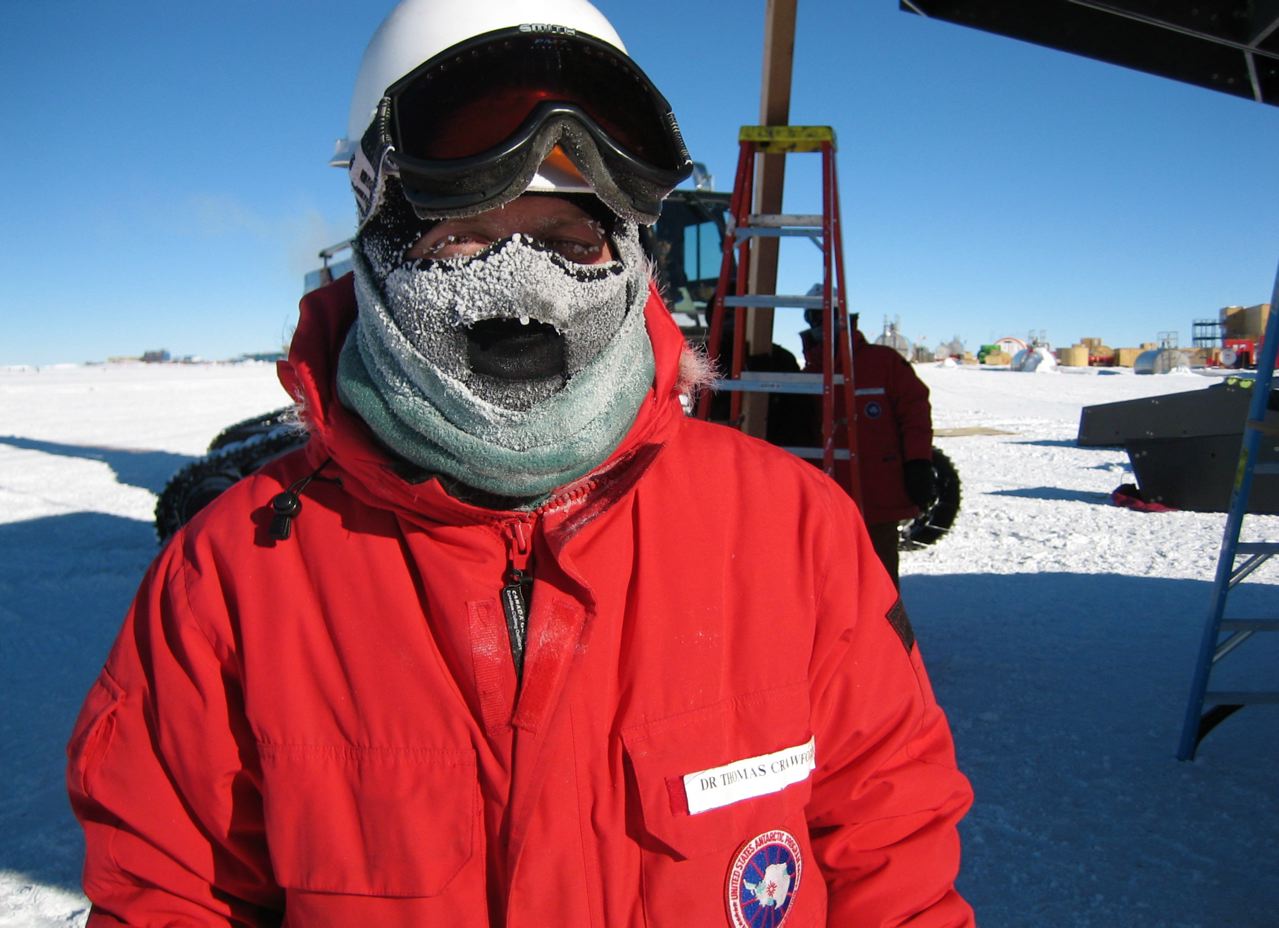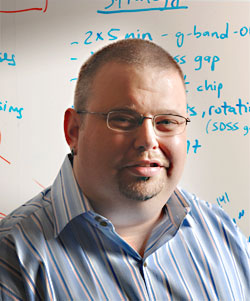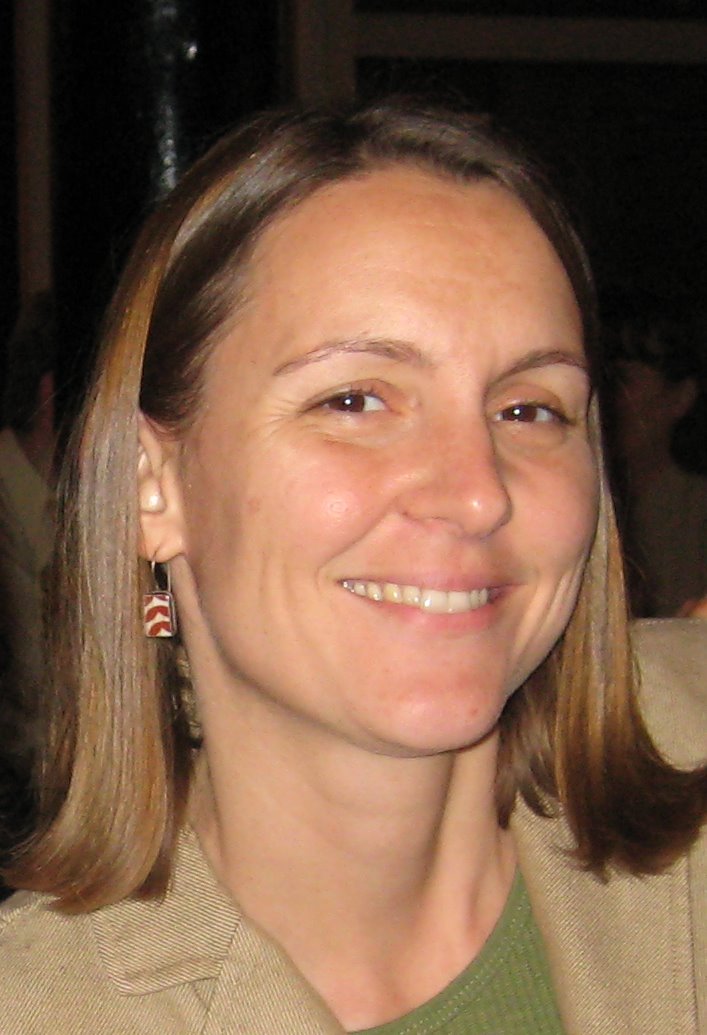Description:
Today's telescopes reveal the cosmos in colorful detail. The images they produce are inspiring to behold, but they should be viewed as much more than just "pictures of space". These images differ from ordinary photographs, both in how they are made and how they are used. Telescopes are designed not to mimic human vision, but to maximize the information in the images they record. The creation of cosmic images is also far from being the final step in the scientific process. Interpreting or "reading" these images, using mathematics and physics, is how we go from a beautiful picture to a deeper understanding of our universe.
Our panelists work on the cutting edge of astrophysics and cosmology, studying the birth and death of stars, the properties of galaxy clusters, and the evolution of the universe under the influence of both Dark Matter and Dark Energy. They will show you how to look at "pictures of space" in a new way, explaining the making and meaning of the most important images from their own research.
Featuring:
Dr. Tom Crawford, Panelist

Dr. Thomas Crawford is a Senior Research Associate in the Department of Astronomy and Astrophysics at the University of Chicago. He uses observations of the Cosmic Microwave Background, which is the faint afterglow of light from the Big Bang, to discover and characterize distant galaxy clusters. These clusters can be used to study the properties of the mysterious Dark Energy, a substance which is currently accelerating the expansion of the universe.
Dr. Michael Gladders, Panelist

Dr. Michael Gladders is an Assistant Professor of Astronomy and Astrophysics at the University of Chicago. He studies clusters of galaxies, which are the most massive objects in the universe. The gravity from these massive objects warps space, bends light, and acts like a magnifying lens for viewing distant galaxies. Using this "gravitational lensing", Dr. Gladders can study both the properties of galaxy clusters, and these distant galaxies that would otherwise be too faint to be seen.
Dr. Christy Tremonti, Panelist

Dr. Christy Tremonti is an Assistant Professor of Astronomy at the
University of Wisconsin Madison. She studies starburst galaxies which are forming stars at a rate 10 to 100 times higher than the Milky Way. Star formation is so intense in these galaxies that the combined action of multiple supernovae explosions causes huge amounts of gas and newly formed heavy elements to get ejected from the galaxy.
Dr. Josh Frieman, Moderator

Josh Frieman is a senior staff member in the Theoretical Astrophysics Group at Fermilab and is a Professor of Astronomy and Astrophysics at the University of Chicago. His research is in theoretical and observational cosmology, including studies of the nature of dark energy, the early Universe, gravitational lensing, the large-scale structure of the Universe, and supernovae. He currently serves as Director of the Dark Energy Survey, a collaboration of over 120 scientists from 20 institutions on 3 continents, which is building a 570-Megapixel camera to carry out a sky survey on a telescope in Chile to probe the cause of the speed-up of the expansion of the Universe.